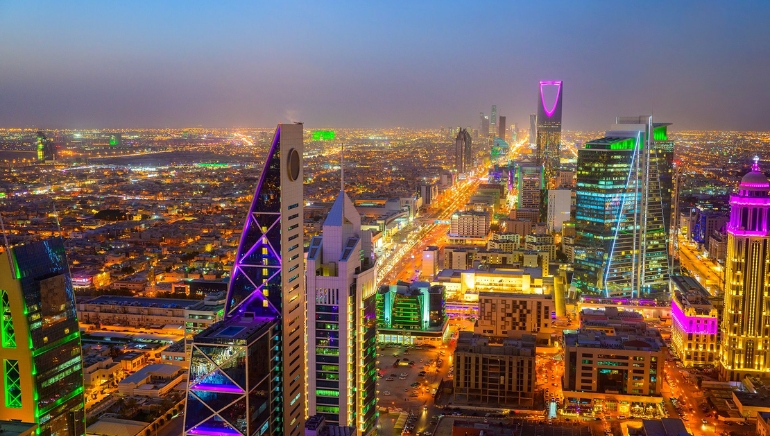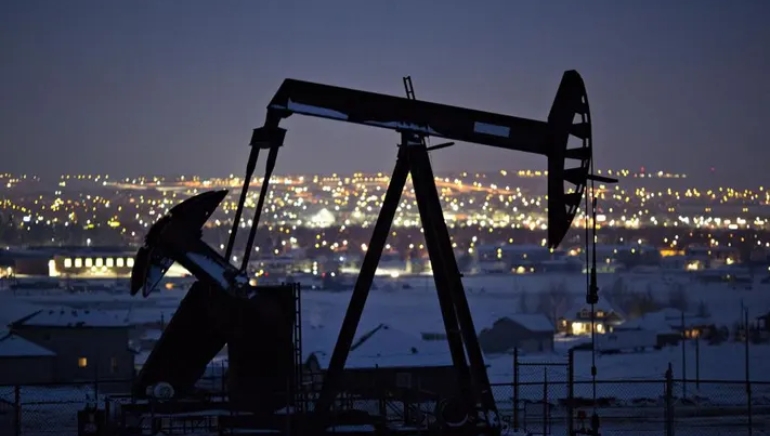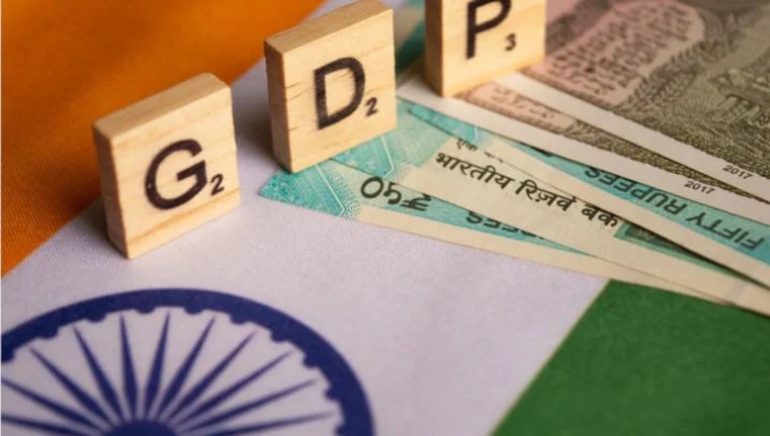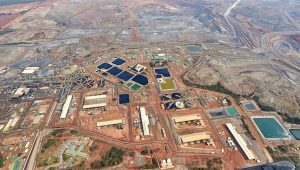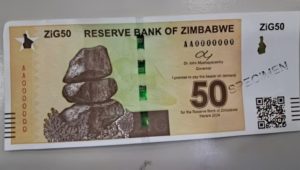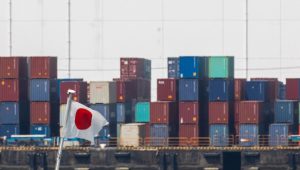Zesco, the state-owned energy provider in Zambia, is getting ready to import electricity to combat an increasing supply shortfall that could hinder operations in the crucial mining sector. Zambia is the second-largest producer of copper in the world.
Zesco is getting ready to maintain economic stability and growth by directing the additional power imports towards vital industries like mining, agriculture, and manufacturing. The shortage is expected to reach an estimated 700 megawatts this year. Although the utility has not yet confirmed the precise amount of additional power that must be imported, the early announcement of this action indicates the urgency of closing the gap.
Zesco issued a warning to mining industries last week about possible variations in the power supply, citing reduced generation capacity. The production of copper in Zambia, the biggest copper producer in Africa, has drawn criticism. The nation’s mining association reports that the country’s copper output decreased to about 698,000 metric tonnes this year from 763,000 metric tonnes the year before.
This only serves to exacerbate worries on the global market that limited supply is making the production of refined copper, which is vital to the building and energy sectors, worse. Zambia is taking proactive steps to support its economic lifeline during these difficult times by attempting to import energy.







